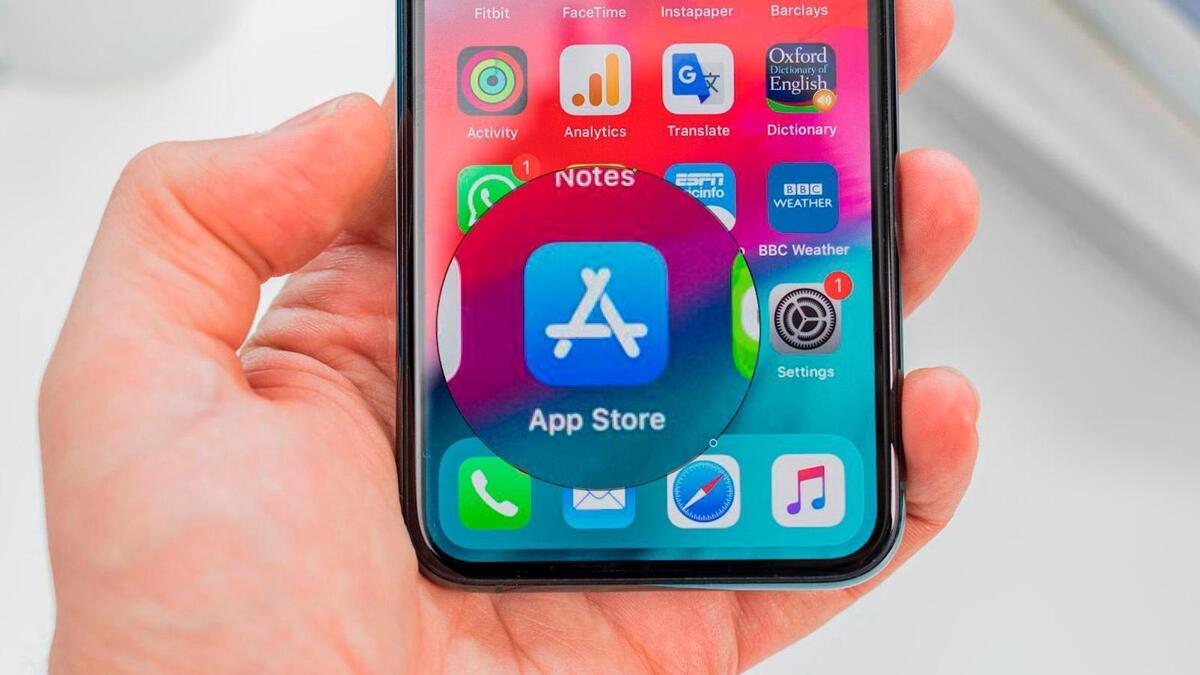Apple is being required to give up its tight control of software on the iPhone and iPad, and Apple executives have acknowledged plans to comply with the EU’s Digital Markets Act (DMA). While the company will keep fighting government pressure to open up its devices to third parties, these mechanisms will likely be used for mandates from other governments around the world.
Despite how earth-shaking this might sound, there’s ample precedent for Apple to support third-party app markets and sideloading of individual apps, dating back to iOS 4, which was released in 2010 alongside the iPad and iPhone 4. That’s when Apple introduced mobile device management (MDM) for iOS devices, providing IT departments a framework to remotely secure and manage iPhones and iPads in both the workplace and in education.
One facet of MDM platforms is the need to manage apps; Apple has built and refined multiple approaches to doing so over the years. One option is simply to allow IT to mass-install apps automatically during or after initial setup. The other is enterprise app stores, where employees can download corporate apps for themselves, including in-house enterprise apps that aren’t available externally and apps from the App Store that have been purchased or licensed by an employer.
The latter of these would easily serve as a template for companies looking to set up competing app marketplaces. It’s very likely Apple would use this model, in part because it already exists and has been proven and refined over more than a decade, and in part because it allows the company to still exercise control over iOS as a platform.
Apple will give only what it absolutely has to
Apple has fought against this prospect ever since the iPhone first shipped in 2007. The first generation of iOS (then known as iPhone OS) didn’t support third-party apps of any kind. Users had a set of stock apps from Apple and the option of running web-based apps in Safari. Soon after the iPhone shipped, users tried to jailbreak it and get support for additional apps (as well as support for carriers other than AT&T). From the get-go, Apple fought back against iOS hacks to jailbreak the platform — and it continues to do so to this day.
The company created the App Store within a year, using the underpinnings of the iTunes Store, which had been serving up music and video content for payment and distribution. Although jailbreaking never really went away, each iOS release made it more difficult as Apple continually patched security holes. (The Mac App Store didn’t arrive until 2011.)
Apple also fought the notion of an open, user-accessible file system like those on a Mac or PC. (It did eventually create the Files app, so users could manage files and share them among multiple apps and cloud services, but that represents a sandboxed file storage area similar to a user’s macOS Home folder.) The files that make up apps and iOS itself — along with its various…
2023-12-21 05:00:04
Post from www.computerworld.com rnrn
